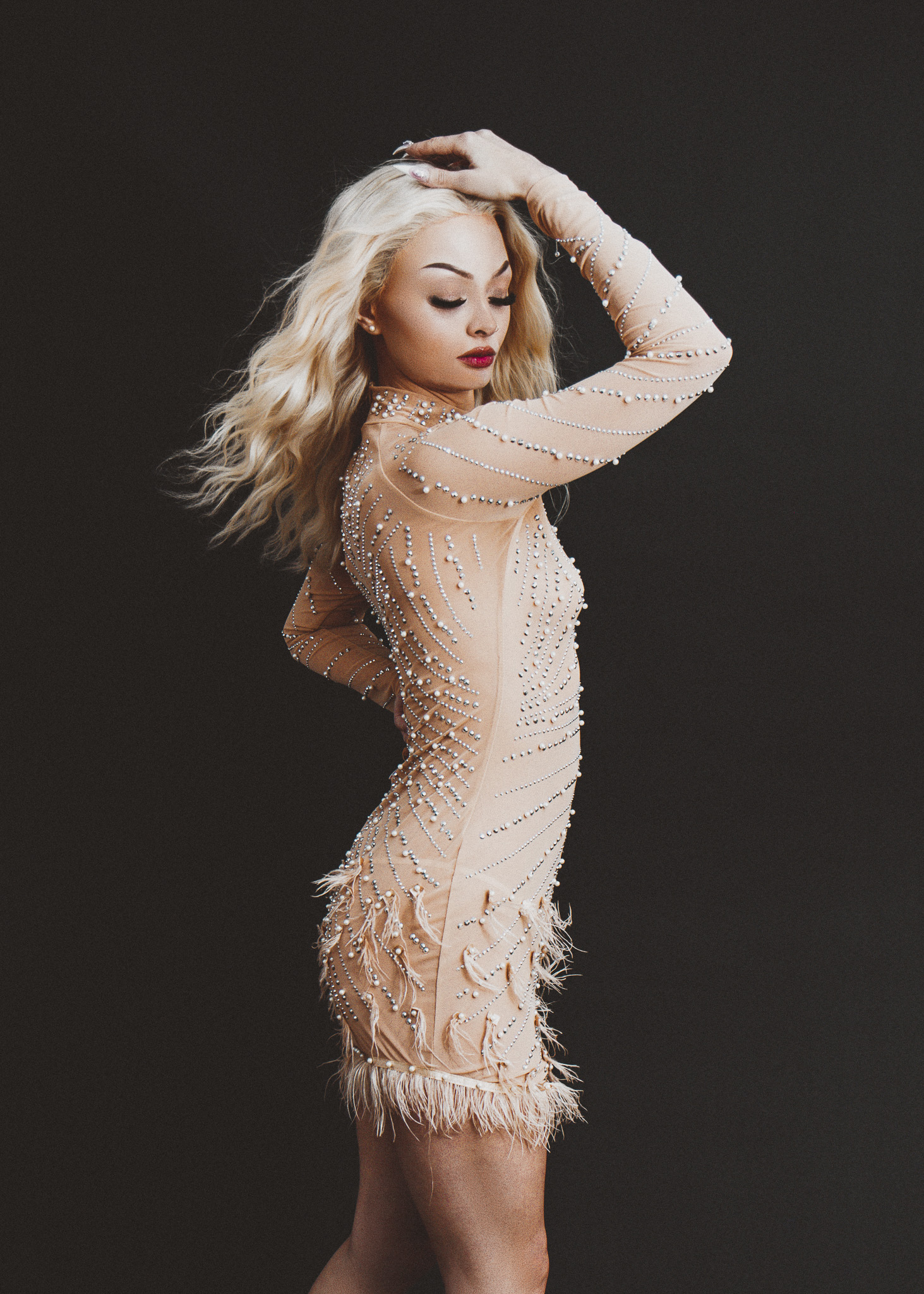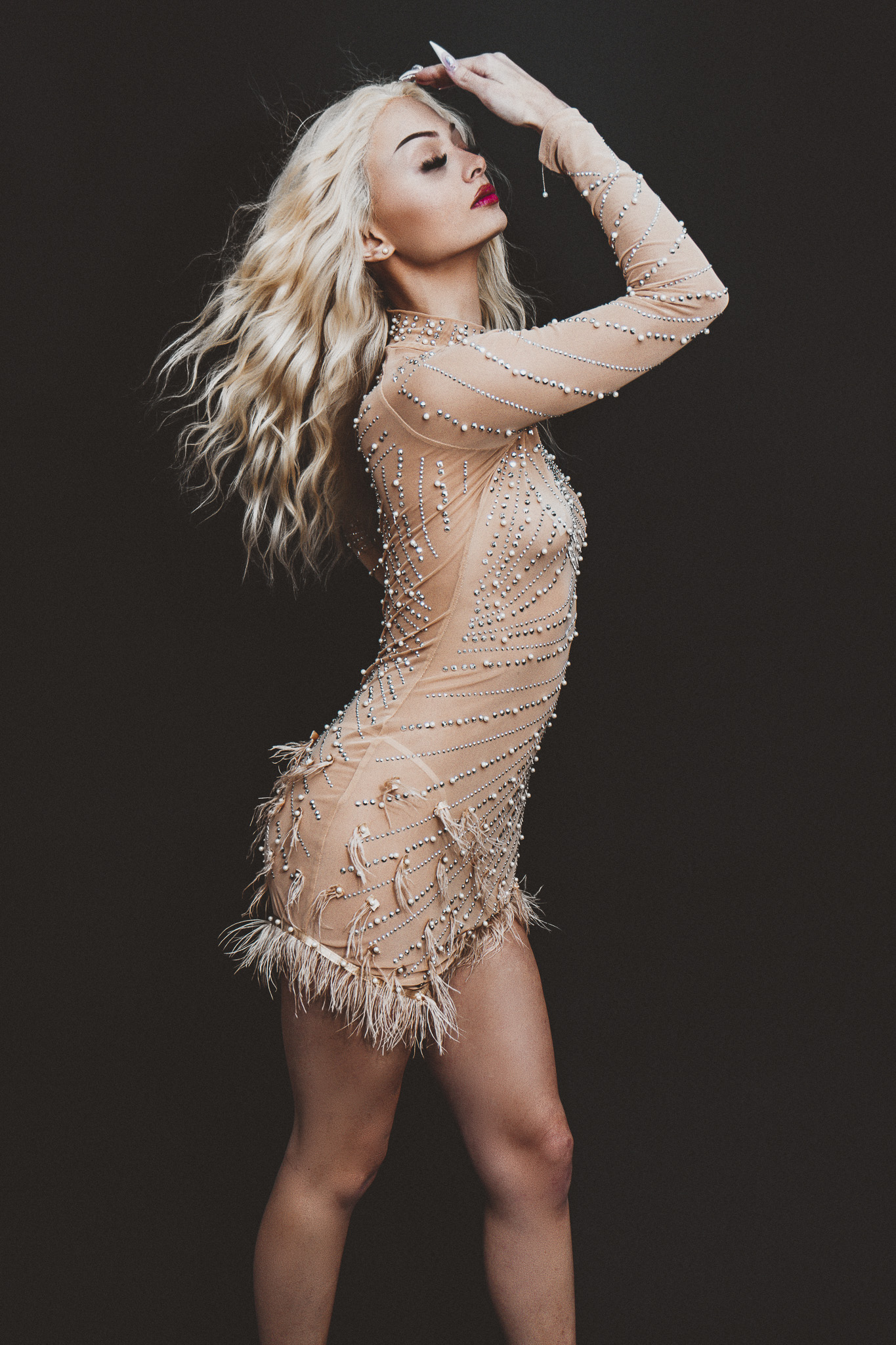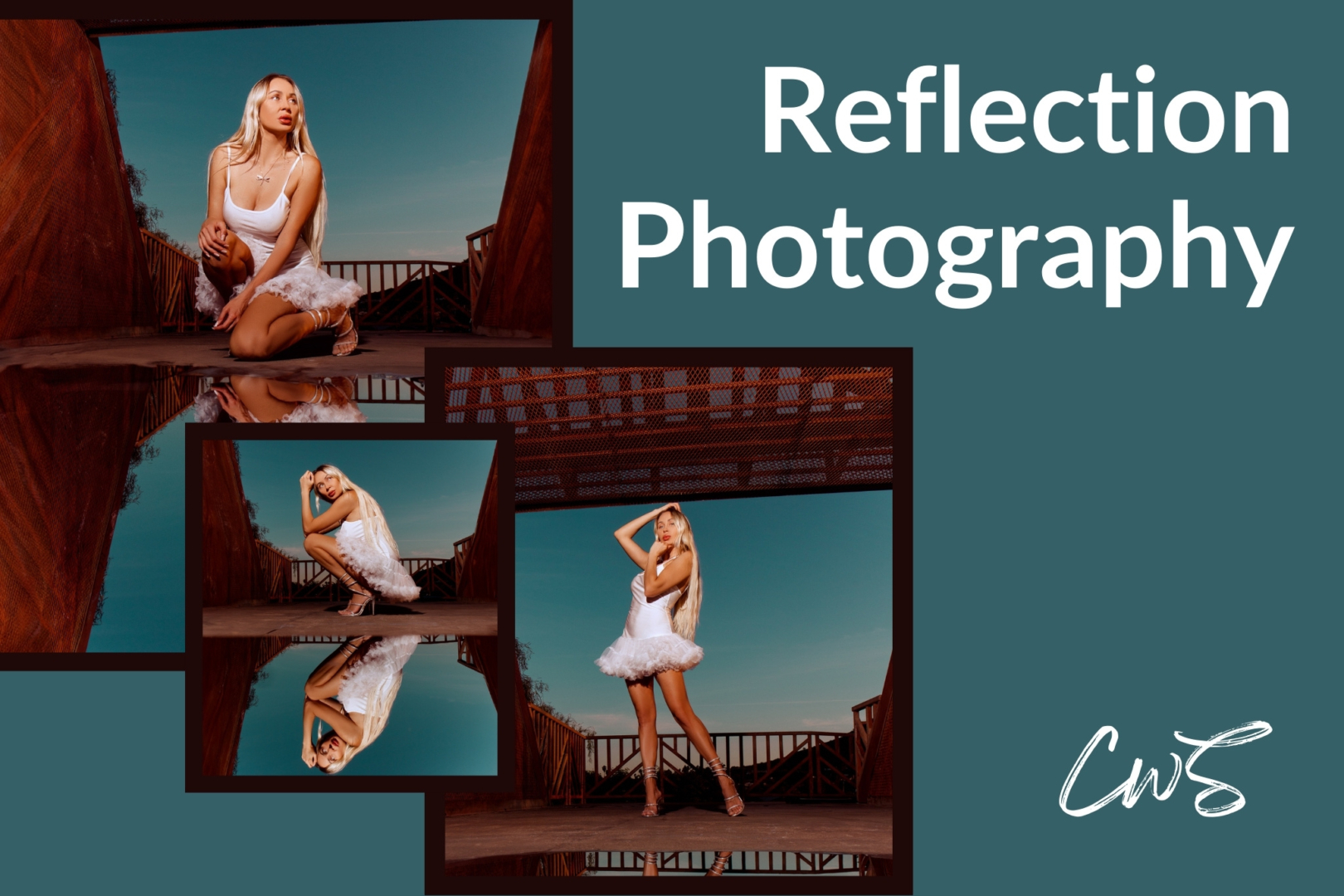Photography is about freezing moments in time that remind us of something or tell a story. But what about the unseen motion, or even better, the rhythm and hidden beats beneath the surface? This could be a way to make photography more vibrant, as the art of motion photography is a way for our images to dance with life.
The Power of Motion

With the right techniques and ideas, we can choose to infuse our photos with energy and dynamism. In one of my recent photoshoots, I wanted to explore movement photography, so I created a music-inspired theme. By utilizing a fan to weave through the model’s hair, I could incorporate the rhythm and fluidity of soundwaves and dancing.
Motion Photography


Motion in photography possesses the remarkable ability to draw viewers into a more immersive experience. Various creative techniques exist to introduce motion blur and convey a sense of movement within the composition, which I will enumerate in the subsequent paragraph.
Crafting the Perfect Combination
By successfully manipulating light, shutter speed, and composition, your photos can be optimized to evoke sensations and emotions. Here are some general tips to create motion in photography:
- Shutter Speed: Choosing the right shutter speed is crucial. For subjects like athletes or speeding cars, a shutter speed of 1/1000s or faster freezes that moment, preserving every detail with precision. Conversely, a slow shutter speed would be ideal for adding a dreamy blur, for example, flowing water or swaying trees. During my music-inspired photoshoot, my shutter speed was set to 1/200s, synced with my off-camera flash, which worked quite well in capturing the dynamic range of the flowing effect on the model’s hair caused by the fan.
- Aperture and ISO: Playing with aperture will allow you to control the depth of field, keeping the subject sharp while creating a softly blurred background, accentuating the idea of movement in photography. Adjusting the ISO accordingly is also important, as it will ensure optimal exposure, enhancing either the freezing action or the gentle motion.
- Autofocus and Shooting Mode: Autofocus can be a smart choice as it will help keep the subject sharp despite frenetic motion. For the shooting mode, I suggest experimenting to see what works best for your vision, but most likely, priority mode or manual mode will give you control over the shutter speed. Continuous shooting mode helps capture the peak of the action.
Bonus Track to Creativity
To accompany this journey into motion photography, bringing the example of my music inspired studio shoot, I’m also sharing my curated Spotify playlist, which is a blend of music that I play during photoshoots and while working at Gallery Canyons during our visiting hours in Old Town Scottsdale. Feel free to tune in and let the music fuel your artistic journey.
Conclusion
So, movement photography is definitely more than just a cool technique to add to photographs, since it really adds life and pulse to still images. As usual, through experimentation, practice, and a willingness to aim for something impactful and distinctive, the creative possibilities are endless.
Flowing With Motion,
Sal












Leave a Reply